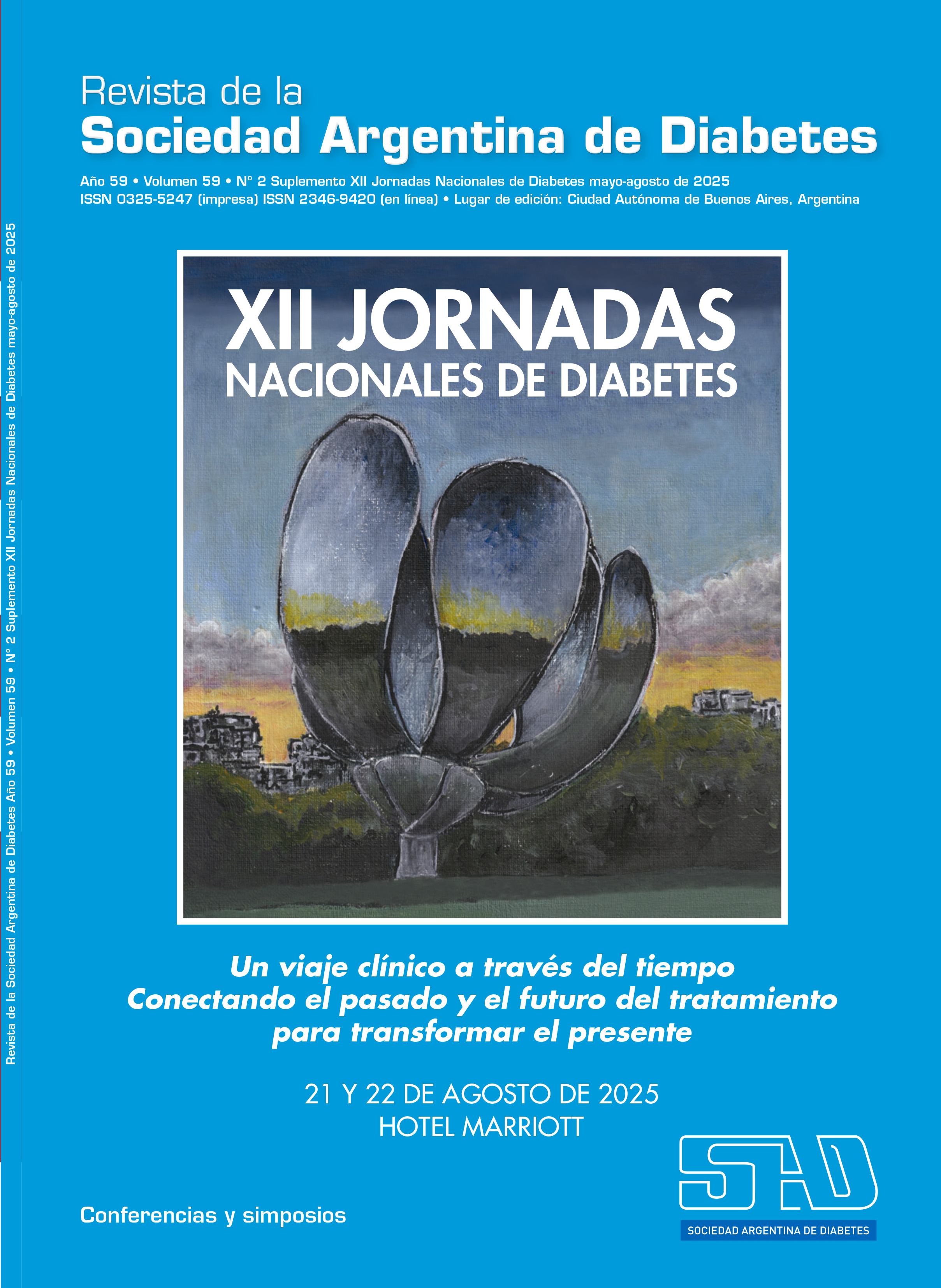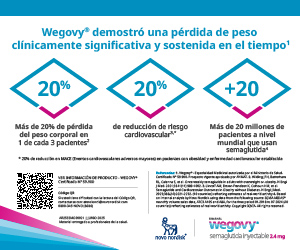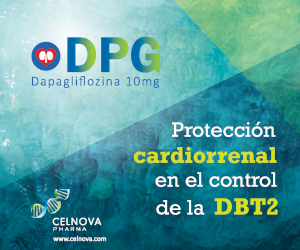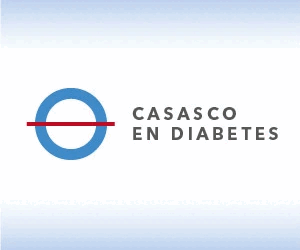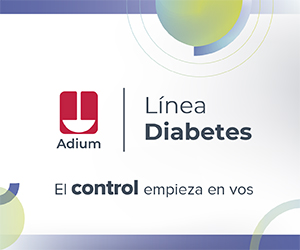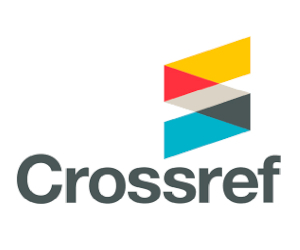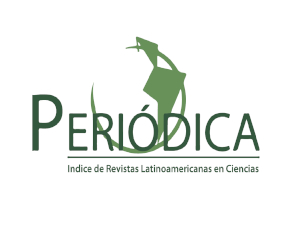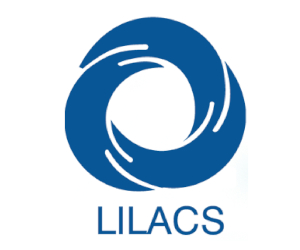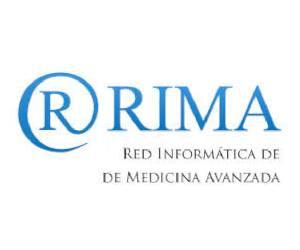Heterogeneity in type 1 prediabetes: from phenotype to endotype
DOI:
https://doi.org/10.47196/diab.v59i2Sup.1218Keywords:
type 1 diabetes, prediabetes, endotypesAbstract
Type 1 diabetes mellitus (T1D) is an autoimmune disease characterized by the progressive destruction of pancreatic beta cells. From the classic Eisenbarth model to more recent classifications, at least four stages have been recognized in its progression: stage 0 (genetic risk), stage 1 (presence of two or more autoantibodies with normoglycemia), stage 2 (presymptomatic dysglycemia), and stage 3 (clinical diabetes). More recently, stage 4 has been proposed, encompassing the post-diagnosis phase and the possibility of preserving residual beta-cell function.
In the presymptomatic stages (which some publications refer to as type 1 prediabetes), the rate of progression is highly variable. This heterogeneity is explained by factors such as age, genetic profile, number and type of autoantibodies, but also by underlying immunopathological mechanisms. This perspective has led to the concept of endotypes in T1D, which aims to classify patients according to specific biological patterns that influence both clinical progression and therapeutic response.
At the immunological level, early activation of CD4+ and CD8+ T lymphocytes specific to beta-cell antigens, together with alterations in regulatory T cells (Tregs), promotes progressive destruction. Additionally, beta cells under stress may aberrantly express HLA class I molecules and secrete IFN-α, fostering a proinflammatory microenvironment. These mechanisms have been leveraged in recent studies using immunomodulatory therapies, such as anti-CD3 (teplizumab) or low-dose IL-2, which have successfully delayed the onset of clinical T1D in individuals at stage 2.
The stratification of phenotypes and endotypes emerges as a key strategy in implementing personalized medicine in T1D. Through immunological, genetic, and metabolic biomarkers, it is possible to more accurately identify individuals at risk, optimize screening programs, and select the most appropriate interventions.
References
I. Vehik K, Lynch KF, Wong MC, et al. Artificial intelligence enables better risk prediction for type 1 diabetes using autoantibodies, genetics, and clinical data. Nat Commun 2023;14(1):1447.
II. Battaglia M, Anderson MS, Buckner JH, et al. Understanding and preventing type 1 diabetes through the unique insights of the TEDDY study. Cell Metab 2022;34(11):1626-1640.
III. Herold KC, Bundy BN, Long SA, et al. Teplizumab treatment in presymptomatic type 1 diabetes: extended follow-up results. N Engl J Med 2022;387(17):1488-1497.
IV. Sims EK, Bahnson HT, Nyalwidhe J, et al. Proinsulin to C-peptide ratio as a biomarker of beta-cell dysfunction in type 1 diabetes. Diabetes Care 2021;44(6):1486-1491.
Downloads
Published
Issue
Section
License
Copyright (c) 2025 On behalf of the authors. Reproduction rights: Argentine Diabetes Society

This work is licensed under a Creative Commons Attribution-NonCommercial-NoDerivatives 4.0 International License.
Dirección Nacional de Derecho de Autor, Exp. N° 5.333.129. Instituto Nacional de la Propiedad Industrial, Marca «Revista de la Sociedad Argentina de Diabetes - Asociación Civil» N° de concesión 2.605.405 y N° de disposición 1.404/13.
La Revista de la SAD está licenciada bajo Licencia Creative Commons Atribución – No Comercial – Sin Obra Derivada 4.0 Internacional.
Por otra parte, la Revista SAD permite que los autores mantengan los derechos de autor sin restricciones.



